Science Daily News | 22 May 2023

Views (189)
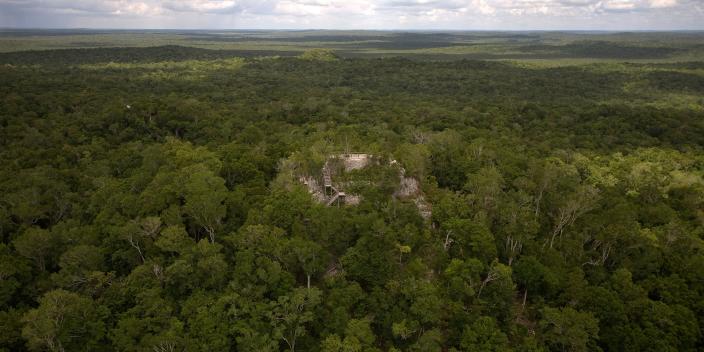
The search for the original Cheltenham racecourse
Volunteers believe they have found evidence of a grandstand at Cleeve Hill.
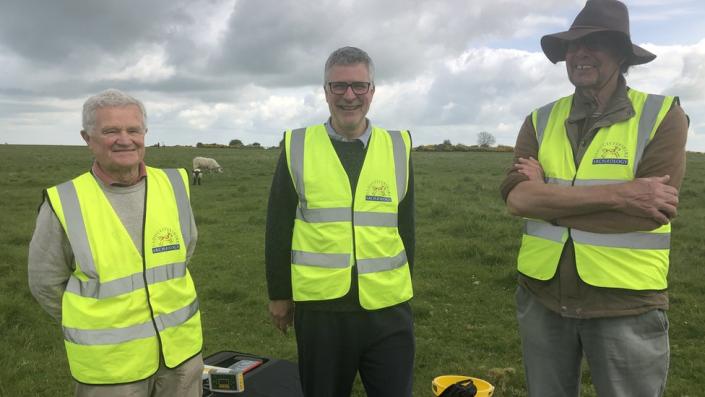
Amateur archaeologists have been surveying fields in search of "the original" Cheltenham racecourse.
It is thought a wooden grandstand on Cleeve Common - a few miles from the current racecourse - was destroyed in 1829 by followers of a rector who believed horseracing was evil.
Racing returned in 1834 with a second grandstand, this time made from stone.
Archaeology enthusiast Phil Cox said the history of horseracing "is very much part of Cheltenham".
Volunteers from the Gloucestershire Archaeology society have been using geophysical surveys to examine the site - looking for evidence of both the wooden and stone grandstands - for the past seven years.
Historian David Aldred said the stone grandstand was used until around 1840 and had been "splendid" - with a restaurant and coffee bar.
Male race-goers would sit on the roof of the structure and women would sit on the first floor, he said.
But it is thought the stone grandstand was dismantled as horseracing became less popular, and the stone was recycled.
Using laser imaging scanning, the group believes it has now found the outlines of the walls of the second grandstand and the foundations which were left behind.
"Now we're trying to see if it's possible to locate the remains of the wooden bandstand," Mr Cox, secretary of Gloucestershire Archaeology, said.
Volunteer David Jones added: "We've got a map that shows where we think the racecourse went.
"It went around in a big left handed sweep, it was a figure of eight and ran for eight furlongs (1.6km)."
It is thought this first, wooden, grandstand was destroyed, probably by the followers of Dean Francis Close, who preached about the evils associated with racing.
The society will now analyse their data to confirm whether it shows solid evidence of the stone grandstand.
They will then make a decision about whether to apply for permission to excavate the protected site, with the plan after that being to mark the site with an information board.
National Trust Jersey opens wild orchid fields to the public
The wild orchid fields are located at Le Noir Pré in St Ouen's Bay and La Blinerie in Grouville.
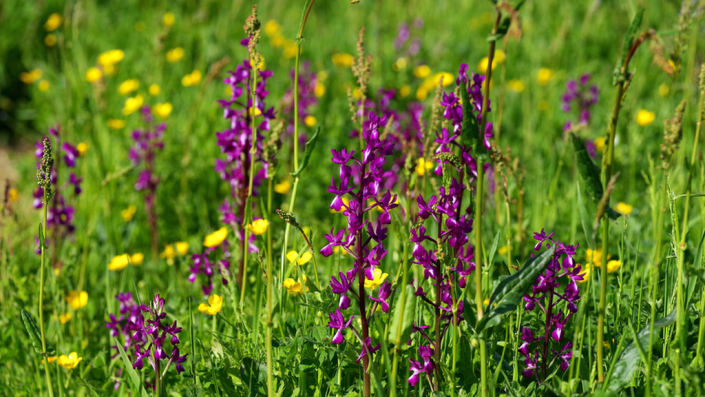
National Trust Jersey is inviting islanders to come and see its "spectacular" wild orchid fields from Sunday and during its Love Nature Festival.
The fields are located at Le Noir Pré in St Ouen's Bay and La Blinerie in Grouville.
The trust said now was "the perfect time" to see the wetland habitats at "their very best".
The Love Nature Festival will run from 28 May until 4 June.
The aim of the festival is to showcase the trust's work and to enable behind the scenes opportunities at its sites, properties and habitats.
Le Noir Pré and Clos de Seigneur are wet marshy meadows in the parish of St Ouen.
National Trust Jersey said at Le Noir Pré in 2020, there were more than 49,000 individual orchids.
The trust said these meadows had become "incredibly important reserves for native orchids" and had been managed over many years to maintain "exceptional floral diversity".
The trust said the diversity in the orchid meadows was achieved by hay cutting every August after the orchids had flowered and dispersed their seeds.
It then allowed a small herd of Jersey cows to graze the fields.
British Canoeing staff help to clean up Nottingham canal
The initiative is part of a scheme that invites people to protect their local waterways.
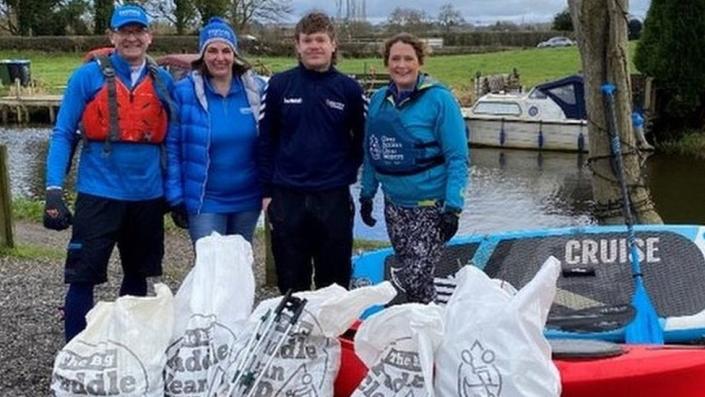
A team from a national water sports body is hoping to inspire hundreds of people across the country to clear waterways of plastic pollution.
Staff from British Canoeing, based at the National Water Sports Centre, Holme Pierrepont, near Nottingham, plan to clean up Nottingham Canal on 1 June.
The initiative is part of the Big Paddle Cleanup, which runs from 27 May to 11 June.
British Canoeing said that in 2022, 1,200 paddlers took part in the event.
They collected about 700 sacks of rubbish, including 2,123 single-use plastic bottles, 1,476 cans, 831 glass bottles and 3,296 food wrappers.
British Canoeing said its staff planned to help clear the canal, near Nottingham Magistrates' Court, between 13:00 and 15:00 BST on 1 June.
It said other volunteers were welcome to bring their kayak, canoe or paddleboard to help out, as long as they had a waterways licence.
Chantelle Grundy, British Canoeing's access and environment lead, said: "Last year's Big Paddle Cleanup showed how much the paddling community cares about our waters and what they're prepared to do to protect them.
"Combining social action with physical activity, is a fantastic way of bringing people together and improving our local surroundings.
"Together, as a team, we will continue to protect our waterways to do what we love."
Bird sculptures installed in Somerset nature reserve
It is hoped the art will remind visitors to be careful of the nesting birds on the ground.
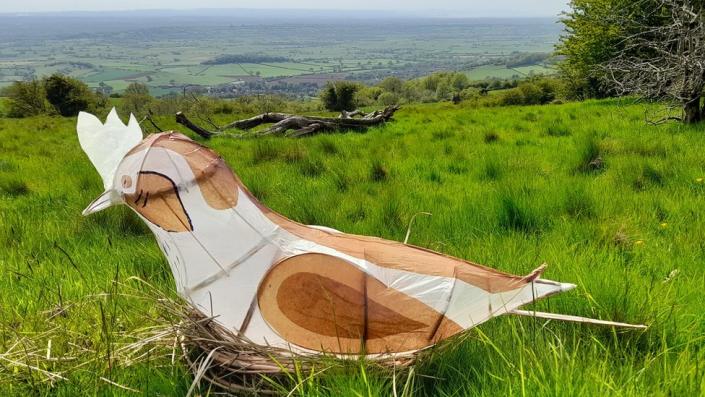
Sculptures of skylarks are being installed at a nature reserve in Somerset to remind people to be careful of the rare bird nesting on the ground.
The Mendip Hills Area of Outstanding Natural Beauty Service has commissioned Blagsaey Arts CIC to create several willow and paper skylarks.
They will be installed at Deer Leap reserve.
The species has been in critical decline and is classed as being at the highest level of threat.
Skylarks nest across the Mendip Hills but in the past 50 years its population has fallen by 75% according to the RSPB.
It has disappeared entirely from some areas of the UK.
The sculptures are nestled in the grass or flying through the air in Deer Leap nature reserve near Wells, to remind people to watch out for the birds and keep dogs on leads as they can disturb nesting activities.
The small brown birds nest on the ground in grasses between 20-50cm tall but are prone to disturbance and predation.
Many animals eat skylark eggs and chicks, from stoats to hedgehogs and even herbivores such as deer and sheep.
Skylark need to breed three to four times a year, between April to September, to ensure population survival.
Campaigners in Devon and Cornwall join paddle-outs in sewage protests
South West Water responds it is "investing significantly" to reduce coastline spills.

Campaigners in Devon and Cornwall took to the sea to protest against water companies discharging sewage into waterways.
Surfers Against Sewage (SAS) led paddle-outs at Plymouth Sound, Falmouth's Gyllyngvase and in Croyde.
Rebecca Allen, marine conservation lecturer said: "This problem is killing marine and aquatic life globally."
A South West Water (SWW) spokeswoman said it was "investing significantly" to reduce spills.
But Kelsey-Michell Guy from SAS, who was at the Plymouth event on Saturday, said it was time for urgent action.
She added: "We've heard it all before, they've apologised before and they've told us that they are going to act before.
"But instead of bringing forward those actions they're telling us it's going to take another few decades and it's just not good enough."
SAS is demanding an end to sewage discharges into UK bathing waters and a 90% reduction in sewage discharges by 2030.
Cornwall College lecturer Ms Allen added: "We've got flushing toilets that were invented hundreds of years ago, we need new systems to reclaim our waste and treat it and make it safe."
Barry Wall, a year-round swimmer at Tinside Beach in Plymouth, added: "I tend not to come if there's been heavy rainfall, I wait two or three days to come again, just play safe."
A SWW spokeswoman said: "We want everyone to feel confident about water quality across our region and proud of the performance of their water company.
"We continue to reduce our use of storm overflows but we know there is more to do."
She said they were "investing significantly" to bring down spills across 860 miles of coastline and had installed monitoring on all storm overflows ahead of target.
"We have a plan, it is working and we won't stop until everyone can feel proud about the performance of their water company in the South West," she said.
Archaeologists discover a lost world of 417 ancient Mayans cities buried in remote jungle, connected by miles of 'superhighways,' WaPo reports
A team studying the ancient Mayan civilization has found they created cities connected by over superhighways, The Washington Post reported
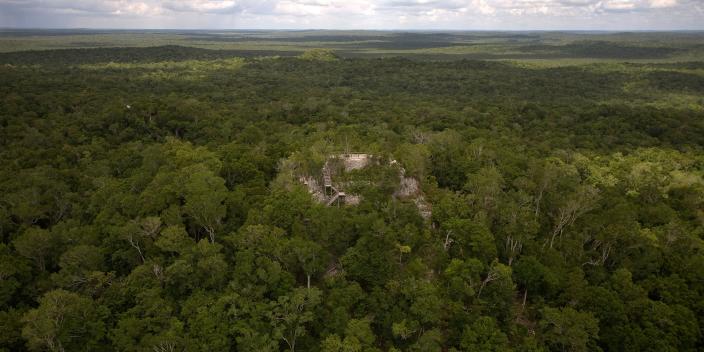
Archaeologists have found ancient Mayans built 417 cities interconnected by 110 miles of "superhighways."
Historians to rethink what they know of ancient Mayan civilization.
This discovery is making historians rethink what they know of ancient Mayan civilization. The discovery of a network of roads and cities, hydraulic systems, and agricultural infrastructure suggests that communities living in Central America were now more advanced than given credit for, the Post reports.
Per the paper, these findings reflect "socio-economic organization and political power."
The lost world dates as far as 1,000 B.C. to the pre-classic epoch of the Mayans, which had previously been considered a nomadic, hunter-gather society.
This discovery from the El Mirador jungle region in southern Guatemala is a "game changer," Richard Hansen, lead author of the study and affiliate research professor of archaeology at Idaho State University, told the Post.
The find is in a remote tropical jungle on the Mexico-Guatemala border. It is only accessible by helicopter to a challenging 40 miles hike through dense, Jaguar and snake-filled rainforest, said the Post.
"We now know that the Preclassic period was one of extraordinary complexity and architectural sophistication, with some of the largest buildings in world history being constructed during this time," said Hansen.
The findings have unveiled "a whole volume of human history that we've never known," he told the Post.
The team, with scientists from the US and Guatemala, has been mapping the areas in Central America since 2015 and has used lidar technology — a key archaeological laser mapping technique — to reveal the finest details, such as ancient vegetation.
It allowed the scientists to see ancient dams, reservoirs, pyramids, platforms, causeway networks, and even ball courts, per the study.
Archaeologist at San Carlos University in Guatemala City and co-author of the paper, Enrique Hernández, told the Post that after further work on this project, it could be as influential of a historical discovery as the Egyptian pyramids.
0 Likes
